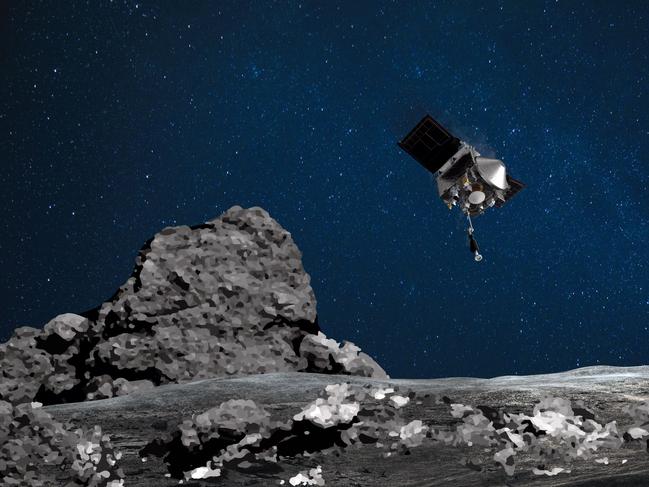
NASA hoovers up asteroid dust
After a four-year journey, robotic spacecraft Osiris-Rex briefly touched down on asteroid Bennu to collect rock and dust samples.

After a four-year journey, robotic spacecraft Osiris-Rex briefly touched down on asteroid Bennu to collect rock and dust samples.
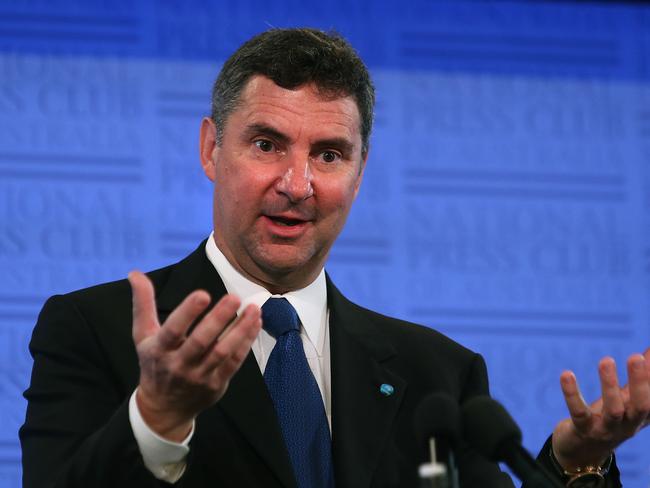
Something incredible is happening in those unpleasant nose swabs: coronavirus is becoming less deadly as time goes on.
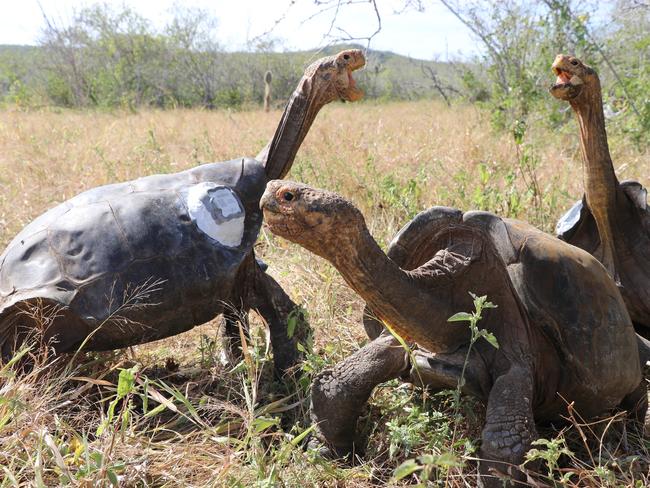
The Galapagos Islands has accused China of pillaging the area’s vital food supplies on an industrial scale.
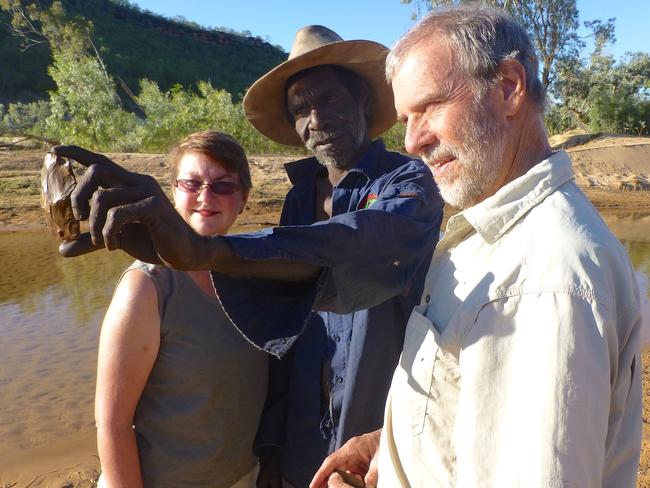
An organisation formed by a handful of passionate amateurs in the 1990s to study Kimberley rock art is evolving to further research in indigenous heritage
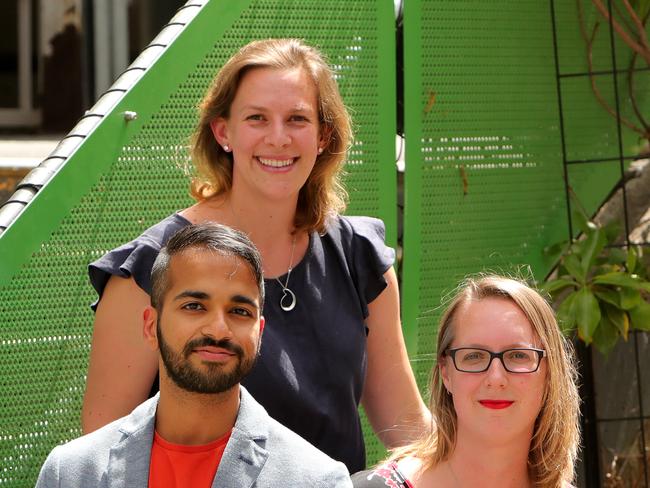
It’s breast cancer awareness month and this Melbourne health tech start-up says everyone should get tested for risks, even despite COVID-19.
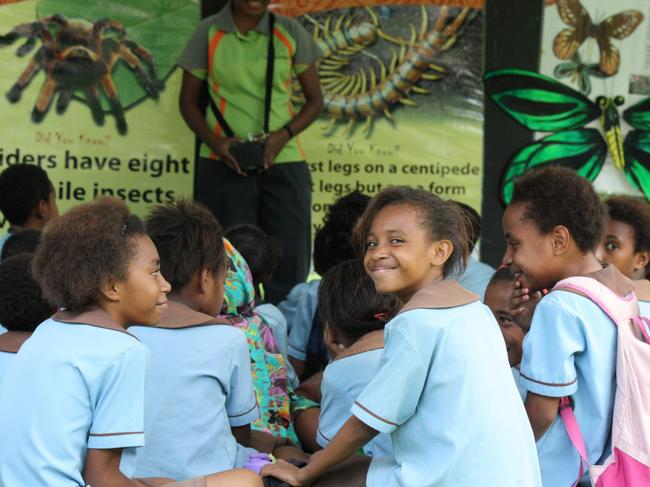
An Australian couple is battling to save PNG’s only nature park and its vulnerable species as coronavirus takes its toll.
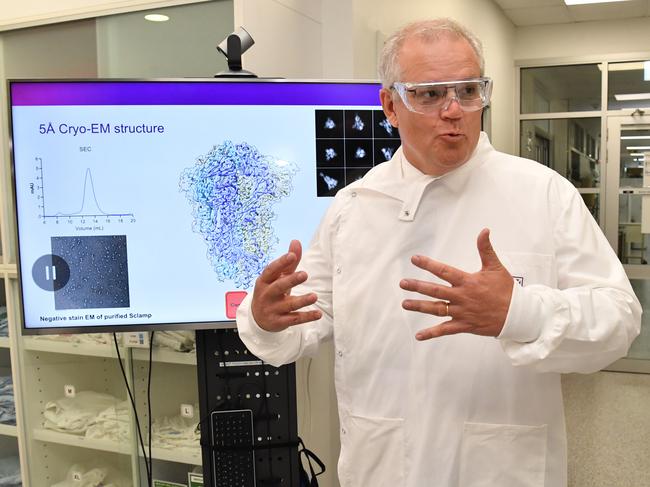
The virus is here to stay and we need to make compromises to learn to live with it.
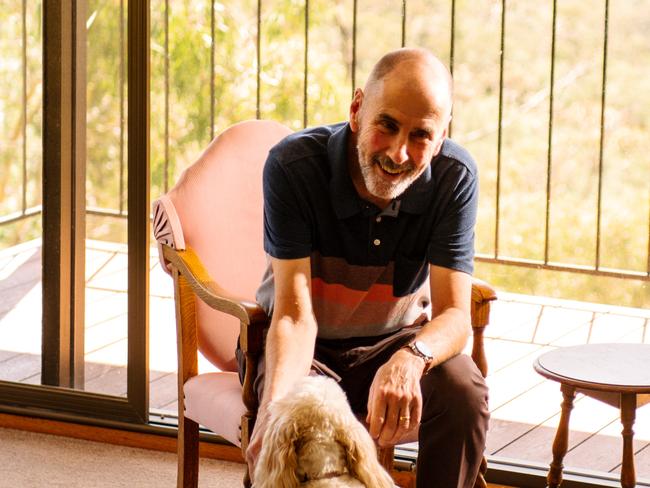
A new drug, known as AMP945, is a possible game changer in the battle against one of our most deadly cancers. Here’s how it works.
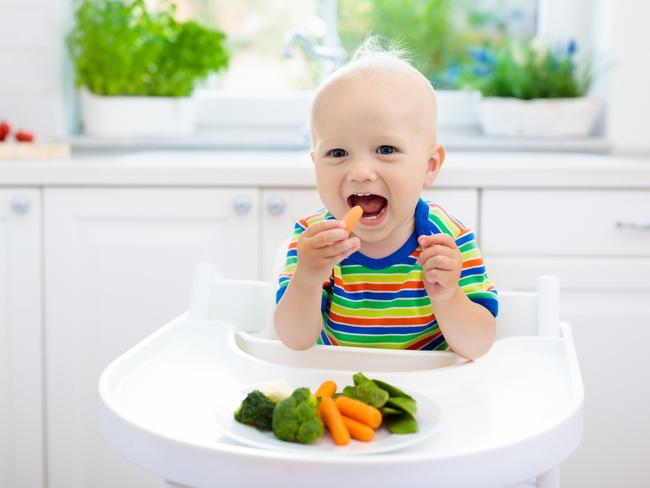
As more mothers breastfeed and for longer periods, and babies consume less fortified infant cereals, the issues of iron and zinc deficiency have taken on more urgency, say paediatricians
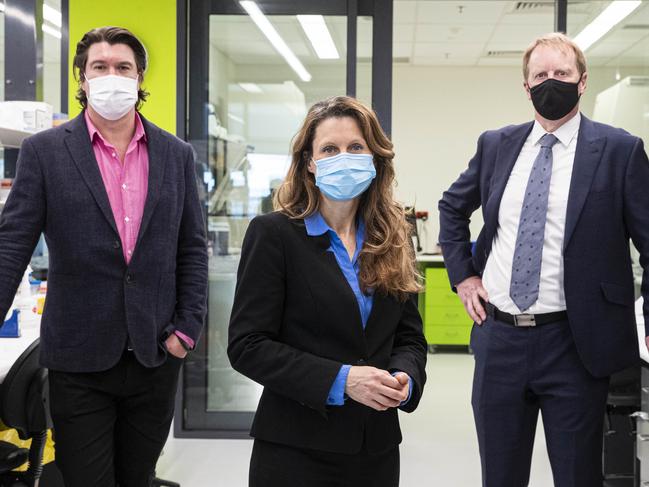
Scientists have invented a drug they hope could be a ‘game-changer’ for the treatment of pancreatic cancer.
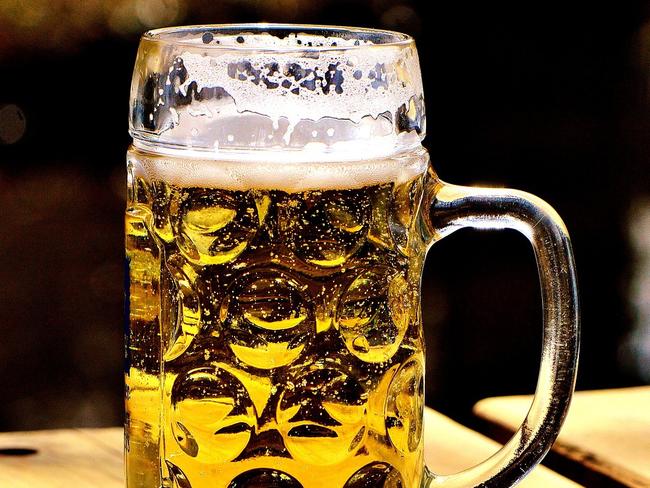
Drinking one alcoholic beverage per day has been found to drastically increase the risk of liver cancer in people over 45-years-old, according to new research.
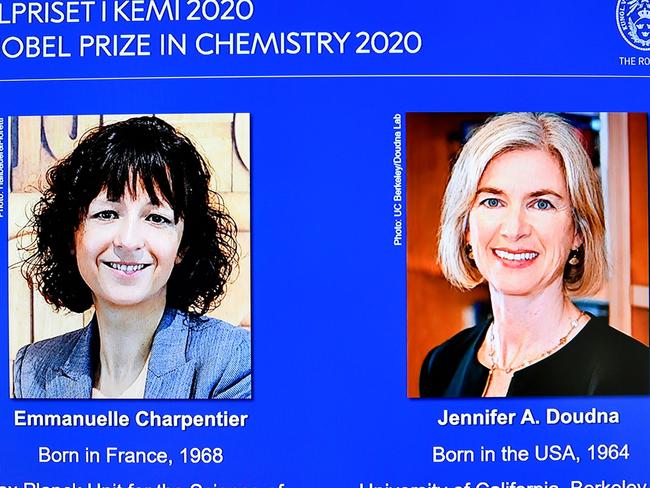
Emmanuelle Charpentier and Jennifer Doudna have won the Nobel Prize in Chemistry for developing the gene-editing technique known as the CRISPR-Cas9 DNA snipping ‘scissors’.
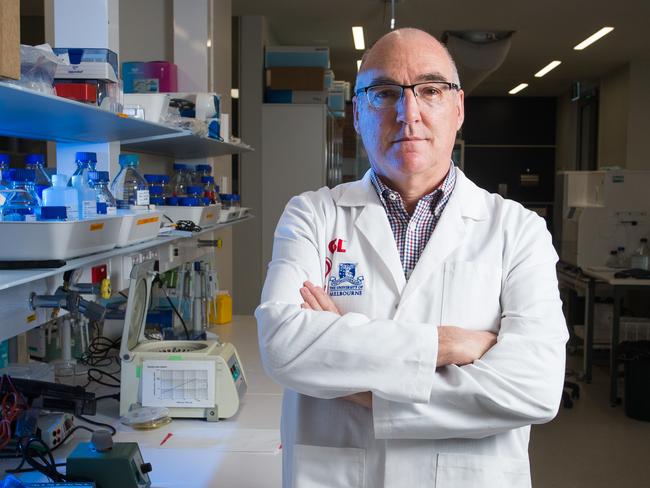
The scientist at the forefront of Australia’s hunt for a vaccine against COVID-19 says a population-wide vaccination program will be in place by the end of next year.
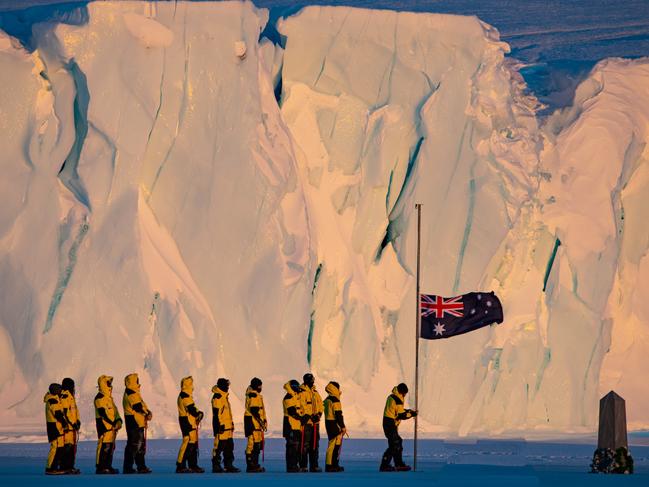
Why cut back on staff while geopolitical pressure is building around our claim to the continent?
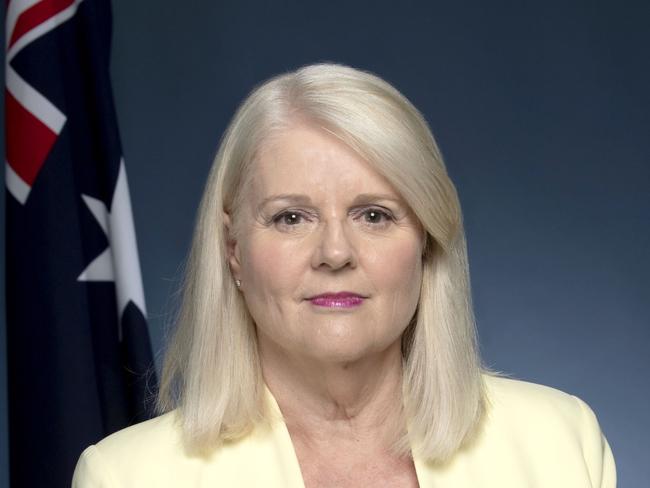
Josh Frydenberg has backed the government’s $1.5bn manufacturing strategy with a $450m investment in the CSIRO to boost scientific research.

Australian businesses will be offered $2bn in tax incentives to boost the nation’s research and development and power the COVID-19 economic recovery.
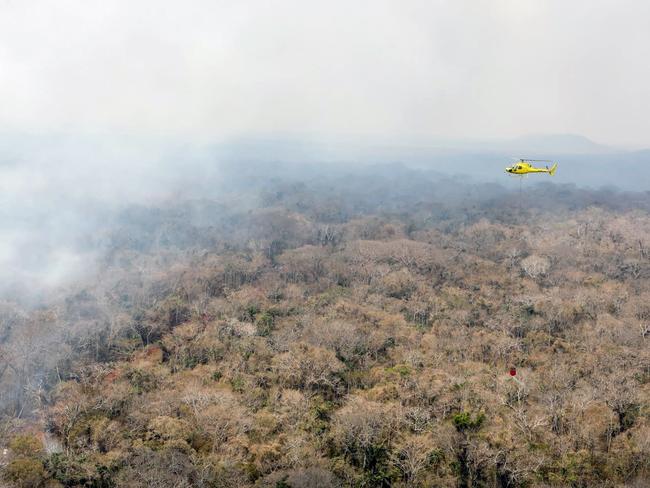
As much as 40 per cent of the Amazon risks crossing a tipping point from rainforest to savanna due to greenhouse gas emissions.
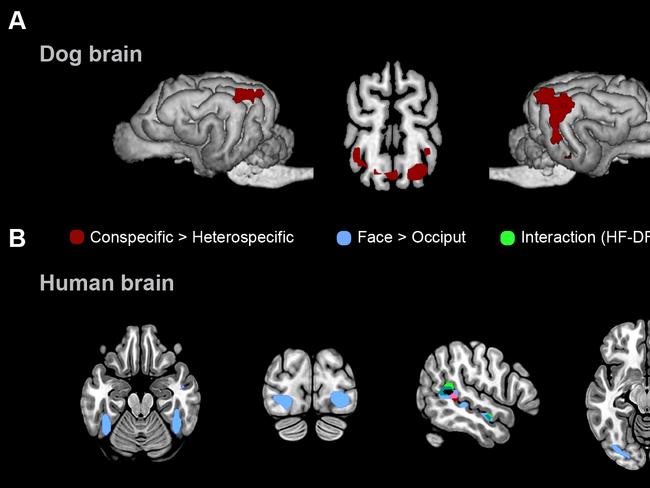
Faces are more important for humans than dogs, according to a brain activity study on how the two species see each other.
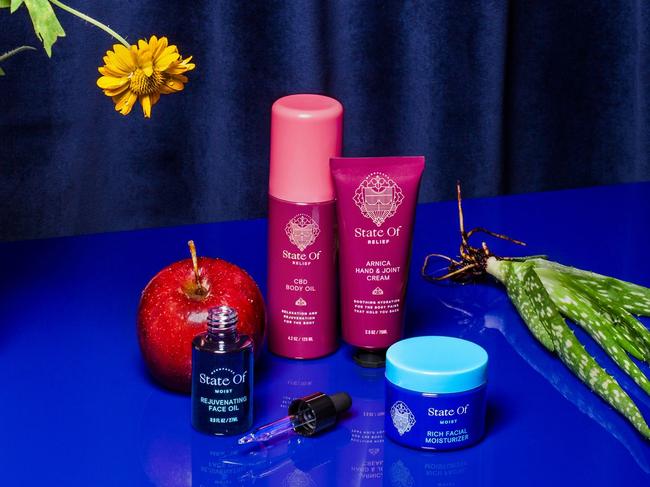
With State Of, the brand incubator arfa joins a small number of other founders in a market they consider undeserved

A Briton, a German and an American won the Nobel Physics Prize on Tuesday for their research into black holes.
Original URL: https://www.theaustralian.com.au/science/page/83